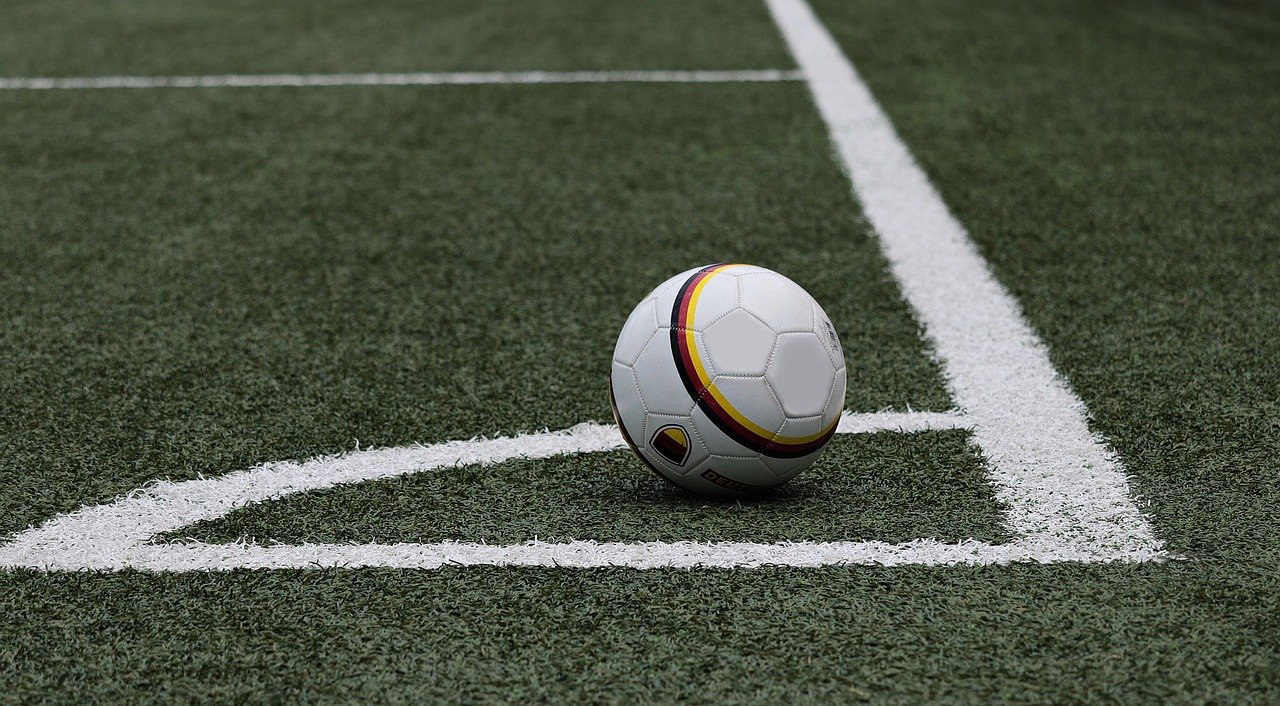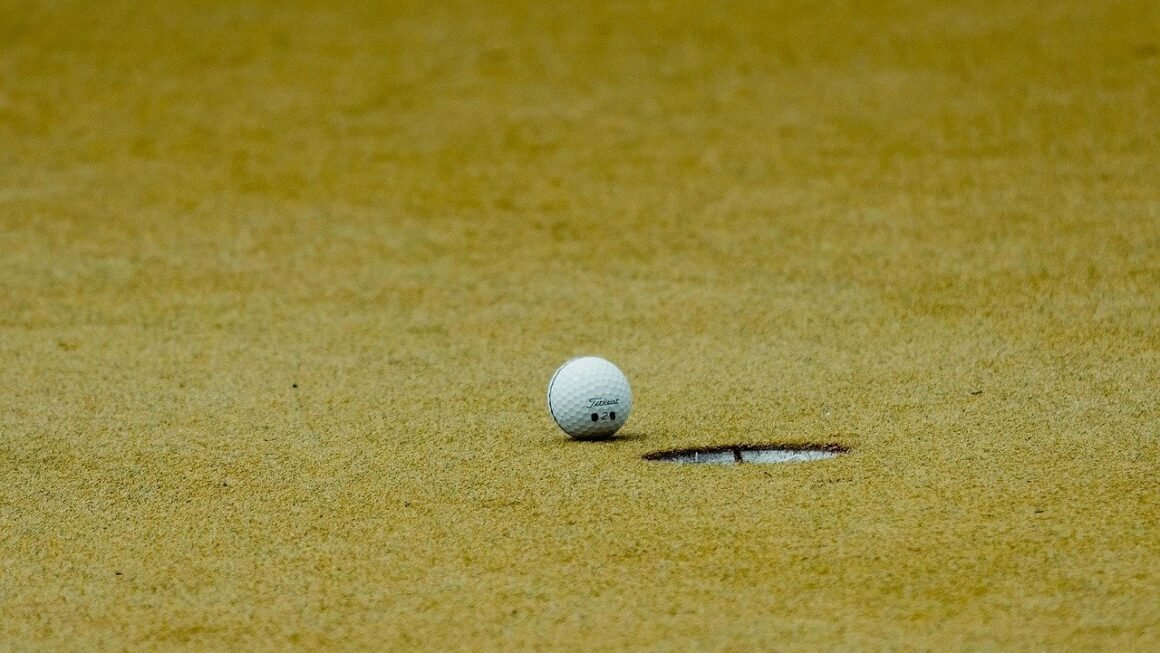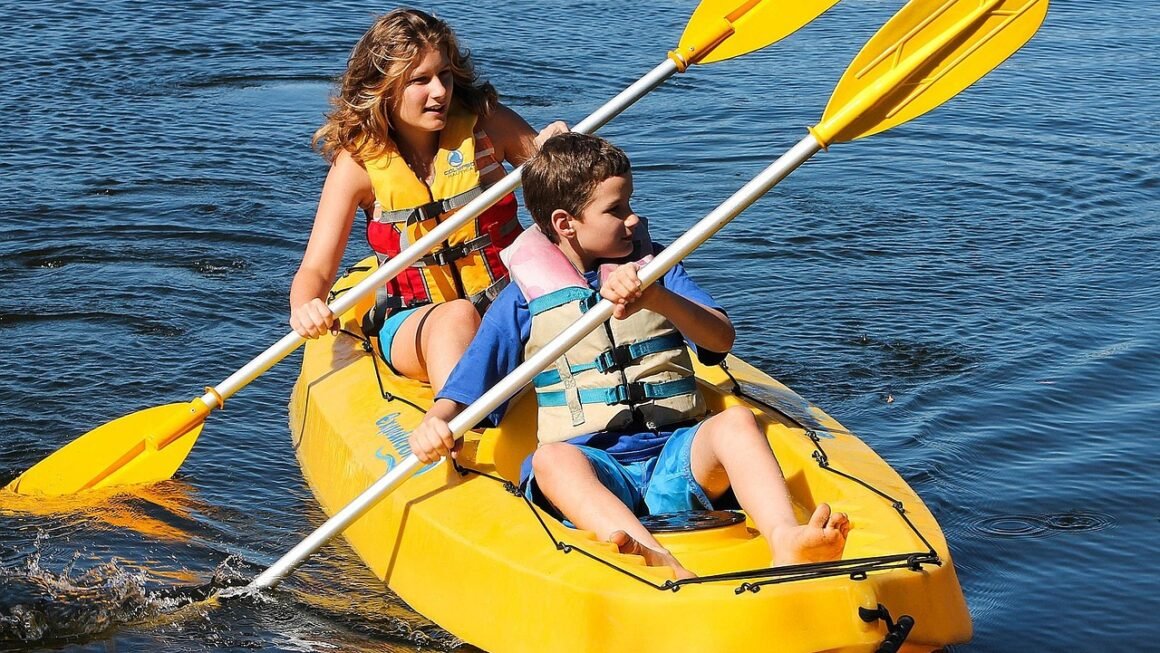Riding a wave is more than just a sport; it’s an experience. A connection with the ocean, a dance with nature, and a surge of adrenaline all rolled into one. Whether you’re a seasoned pro carving up barrels or a complete beginner just learning to stand, surfing offers something for everyone. This comprehensive guide will take you through everything you need to know about surfing, from its history and equipment to essential techniques and the best surf spots around the globe. Let’s dive in!
The History and Culture of Surfing
Ancient Origins
Surfing’s roots run deep, tracing back centuries to ancient Polynesia. Evidence suggests that surfing was practiced in Hawaii and other Polynesian islands long before European contact. It wasn’t just a sport; it was an integral part of the culture, intertwined with spirituality and social status.
- Early surfboards were made from wood, often Koa, and varied in size depending on the surfer’s rank.
- Surfing competitions were held to showcase skill and often involved wagers and festive celebrations.
- The act of surfing itself was seen as a way to connect with the ocean gods.
Modern Surfing’s Rise
The arrival of Captain James Cook in Hawaii in 1778 marked the beginning of a period of decline for surfing due to Western influence. However, at the beginning of the 20th century, figures like Duke Kahanamoku, an Olympic swimmer and Hawaiian surfing ambassador, helped revive the sport and spread its popularity worldwide.
- Duke Kahanamoku traveled the world, demonstrating surfing and promoting Hawaiian culture.
- The development of lighter and more maneuverable surfboards in the mid-20th century further fueled surfing’s growth.
- The “surf culture” that emerged in the 1960s, characterized by music, fashion, and a laid-back lifestyle, solidified surfing’s place in popular culture.
Essential Surfing Equipment
Surfboards: Choosing the Right One
Selecting the right surfboard is crucial for a successful and enjoyable surfing experience. The best board for you depends on your skill level, size, and the type of waves you’ll be riding.
- Longboards: Ideal for beginners and those who enjoy a more relaxed, gliding style. They’re stable and easy to paddle. Lengths typically range from 8 to 12 feet.
Example: A 9’0″ longboard with high volume is a great starting point.
- Shortboards: Designed for experienced surfers who want to perform radical maneuvers. They’re more challenging to paddle and ride but offer greater responsiveness. Lengths usually range from 5 to 7 feet.
Example: A 5’10” shortboard is common for experienced surfers of average height and weight.
- Funboards/Hybrids: A good middle ground between longboards and shortboards. They offer a balance of stability and maneuverability. Lengths generally range from 6 to 8 feet.
Example: A 7’0″ funboard is a versatile choice for progressing surfers.
- Fins: Fins provide stability and control. The number and type of fins affect how the board handles.
Single fin, twin fin, thruster (three fins), and quad fin setups offer different performance characteristics.
Wetsuits and Apparel
Staying comfortable and protected from the elements is essential. A wetsuit is a must-have for surfing in colder waters.
- Wetsuit Thickness: Measured in millimeters (e.g., 3/2mm refers to 3mm thickness in the torso and 2mm in the limbs). Thicker suits are warmer.
* Example: A 4/3mm wetsuit is suitable for water temperatures between 50-60°F (10-15°C).
- Rash Guards: Provide protection from the sun and board rash.
- Surf Hats and Sunscreen: Essential for protecting yourself from the sun’s harmful rays.
Other Important Gear
- Leash: Connects your surfboard to your ankle, preventing it from drifting away after a wipeout.
- Surf Wax: Applied to the deck of your surfboard to provide traction.
- Board Bag: Protects your surfboard during transportation and storage.
Mastering Surfing Techniques
Paddling
Effective paddling is fundamental to surfing. It allows you to catch waves and position yourself correctly.
- Technique: Lie flat on your board, arch your back slightly, and paddle with long, smooth strokes, keeping your hands cupped.
- Positioning: Position yourself towards the front of the board so the nose is just above the water.
- Tip: Look ahead towards the wave you want to catch and focus on maintaining a straight line.
Pop-Up: From Paddling to Standing
The pop-up is the transition from lying down to standing on your board. Practice this on land before attempting it in the water.
- Steps:
1. Paddle hard to match the wave’s speed.
2. Place your hands on the board near your chest.
3. Push up and bring your feet underneath you in one fluid motion.
4. Land in a balanced stance with your feet shoulder-width apart, knees bent, and facing forward.
- Common Mistakes: Looking down, popping up too slowly, and not committing to the movement.
- Tip: Practice the pop-up repeatedly on land until it becomes second nature.
Riding the Wave
Once you’re standing, focus on maintaining your balance and riding the wave smoothly.
- Stance: Keep your knees bent, your weight centered, and your eyes focused on where you want to go.
- Turning: Use your weight and body positioning to turn the board. Leaning towards the rail you want to turn towards.
- Tip: Start with small, gentle waves and gradually progress to larger, more challenging ones.
Surfing Etiquette
Surfing has a set of unwritten rules to ensure everyone’s safety and enjoyment.
- Right of Way: The surfer closest to the peak of the wave has the right of way.
- Don’t Drop In: Dropping in is paddling into a wave that someone else is already riding.
- Paddle Wide: When paddling out, paddle wide of the breaking waves to avoid getting in the way of surfers riding them.
- Respect Localism: Be respectful of local surfers and their breaks.
- Tip: Observe the local surfers and learn the etiquette before paddling out.
Top Surfing Destinations Around the World
Hawaii, USA
The birthplace of modern surfing, Hawaii offers a wide range of waves for all skill levels.
- Waikiki: Perfect for beginners, with gentle, rolling waves.
- North Shore, Oahu: Home to legendary breaks like Pipeline and Sunset Beach, famous for their powerful winter swells.
- Maui: Offers a variety of breaks, including Honolua Bay and Peahi (Jaws) for experienced surfers.
Bali, Indonesia
Known for its warm water, consistent waves, and vibrant culture, Bali is a surfer’s paradise.
- Uluwatu: A world-class left-hand reef break for experienced surfers.
- Kuta: A popular beach break for beginners and intermediate surfers.
- Canggu: Offers a mix of beach breaks and reef breaks suitable for various skill levels.
Gold Coast, Australia
The Gold Coast boasts some of the most consistent and high-quality waves in the world.
- Snapper Rocks: A renowned point break famous for its long, barreling waves.
- Burleigh Heads: A classic point break with smooth, peeling waves.
- Kirra: Another world-class point break known for its fast, hollow barrels.
Costa Rica
With its warm water, lush rainforests, and consistent swells, Costa Rica is a tropical surfing haven.
- Tamarindo: A popular surf town with a variety of beach breaks suitable for all skill levels.
- Playa Hermosa: A powerful beach break known for its consistent waves.
- Puerto Viejo: Offers a variety of breaks, including Salsa Brava, a challenging reef break.
Portugal
Portugal offers a diverse range of waves, from gentle beach breaks to massive big-wave spots.
- Nazaré: Famous for its gigantic waves, attracting big-wave surfers from around the world.
- Ericeira: A World Surfing Reserve with a variety of breaks for all skill levels.
- Peniche: Known for its consistent beach breaks, including Supertubos, a famous wave.
Conclusion
Surfing is a challenging yet incredibly rewarding activity. From understanding the history and culture to mastering the essential techniques and exploring the best surf spots, there’s always something new to learn and experience. Whether you’re just starting out or looking to improve your skills, remember to respect the ocean, practice good surfing etiquette, and most importantly, have fun. So grab your board, wax it up, and get ready to ride the wave of a lifetime!



